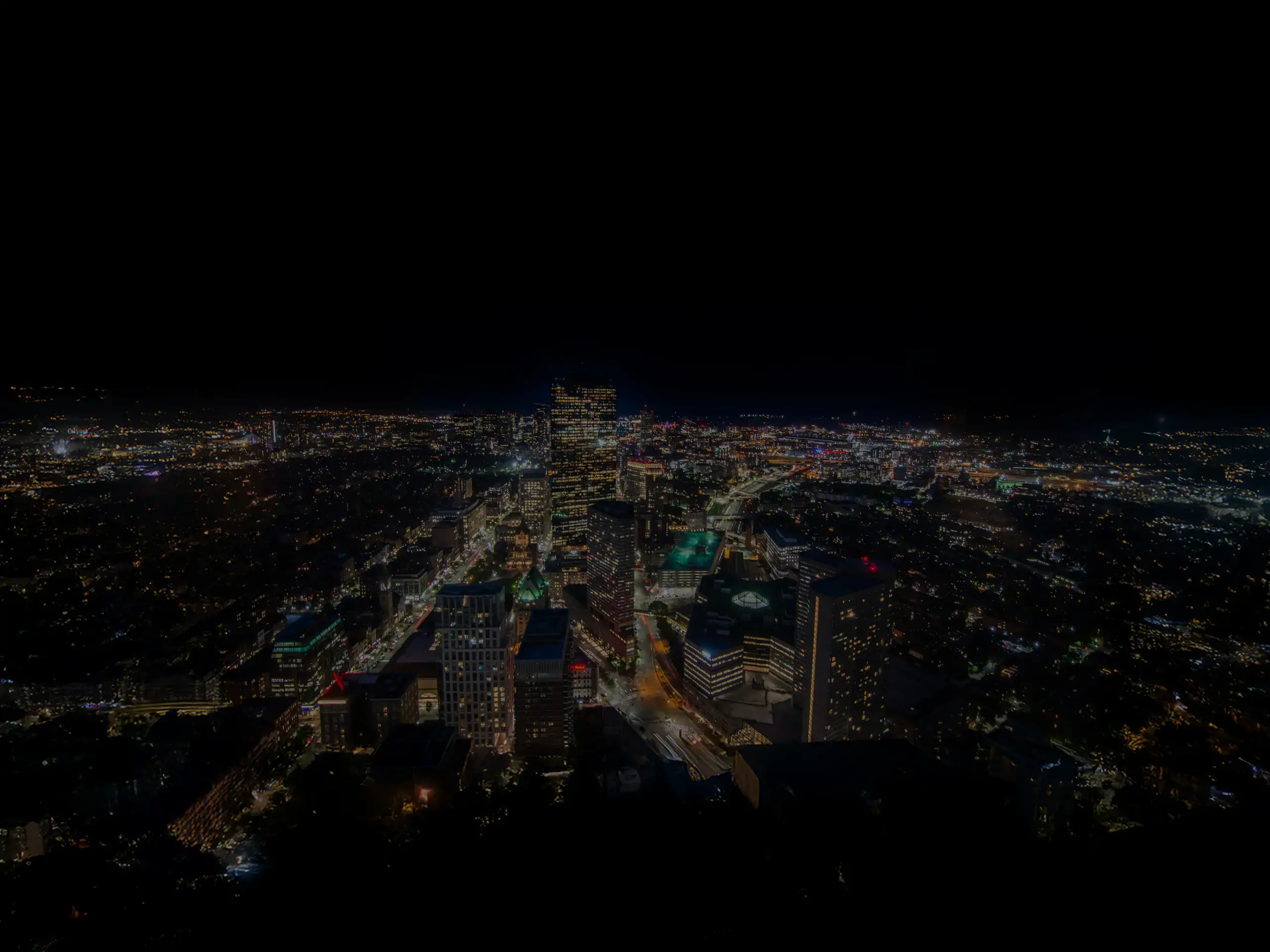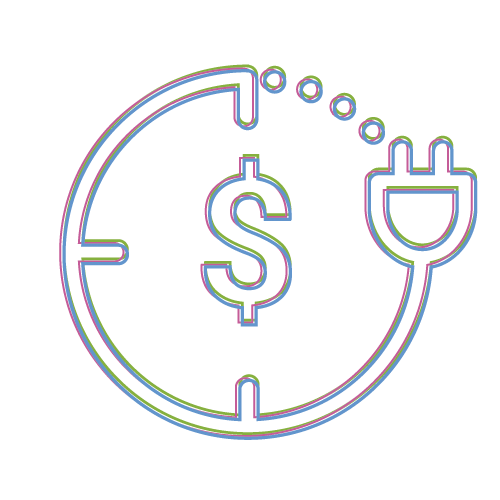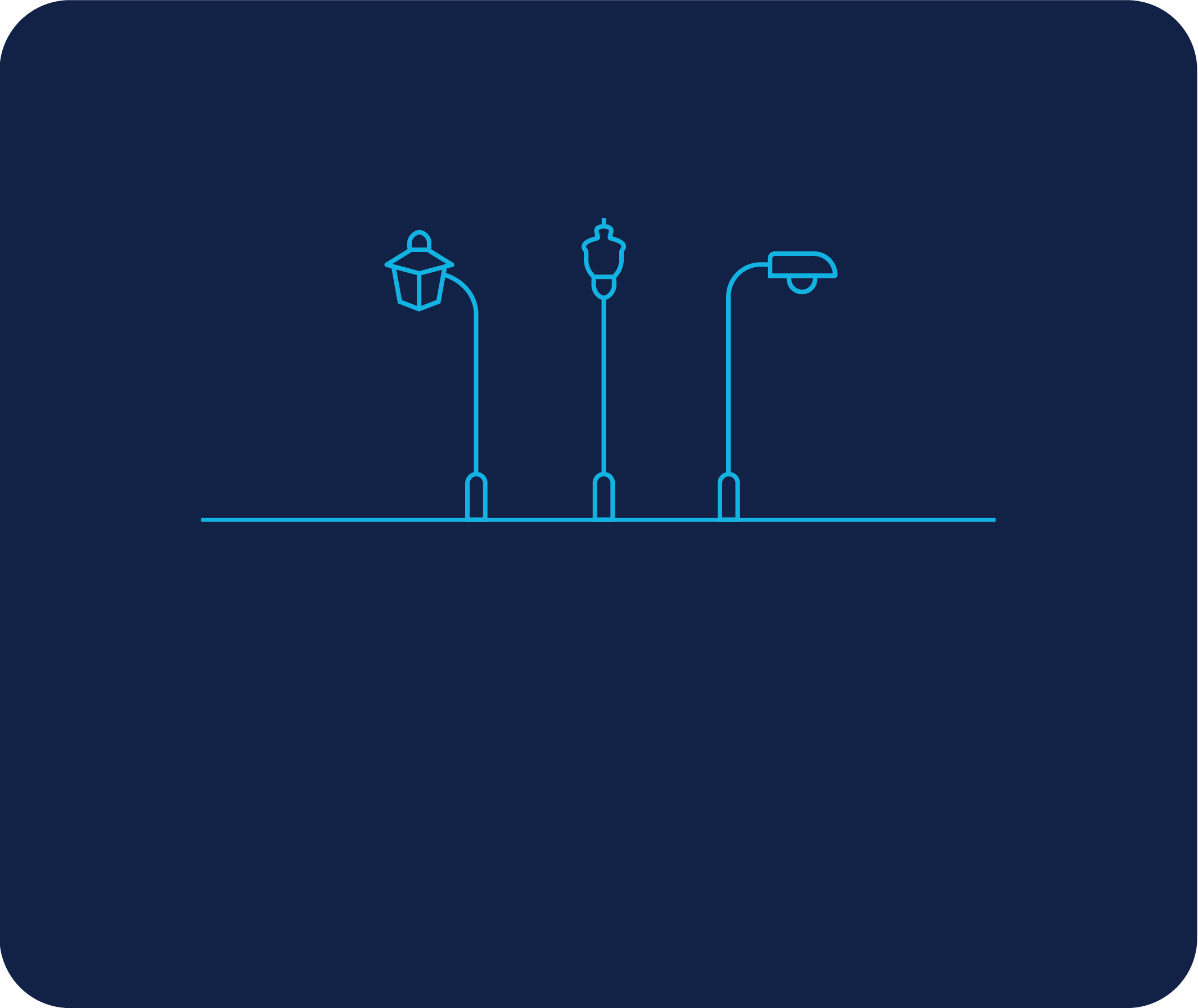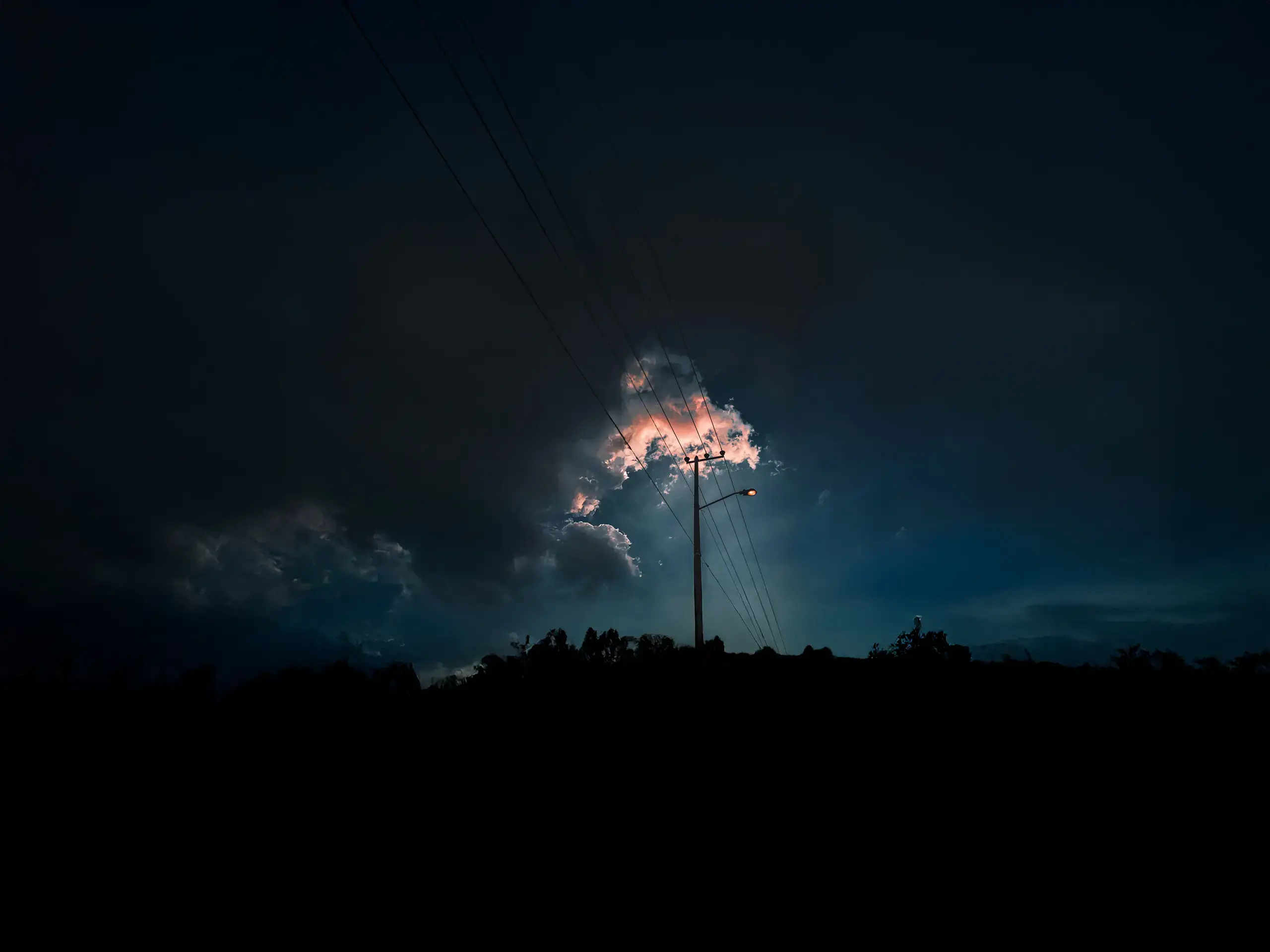
Lighting-as-a-Service (LaaS)
Get the same streetlight intelligence with zero upfront equipment costs at a low monthly rate.

Instant Energy Savings
Smart controls cut runtime, optimize performance, and lower utility bills.

Zero Upfront Costs
No upfront investment is required and returns often exceed monthly costs.

Reduced O&M Expenses
Remote monitoring and diagnostics reduce truck rolls and extend equipment life.
24/7 utility-grade monitoring
Real-time alerts and visibility into lighting performance
Advanced light controls
Optimize lighting schedules to save energy and reduce emissions
Remote diagnostics
Identify the source of lighting issues and send crews directly to problem fixtures for one-and-done truck rolls
AI-driven analytics
Tailored insights help you optimize each lighting node and see a birds-eye view of your lighting network


LaaS enables large-scale
deployments, without the
typical barrier of cost, so cities
can start saving sooner.
Citywide Smart Lighting Upgrade Philadelphia initiated a transformative lighting project to cut O&M costs by 50% and save a projected $200M
Mid-Size Utility Rollout Memphis Light, Gas and Water cut truck rolls in half with UbiCell’s remote diagnostic capabilities
Lighting-as-a-Service lets cities deploy smart lighting with no upfront cost, often paying the monthly service fee with operational savings.
Real-time alerts, controls, and analytics allow cities to operate and maintain their lighting network more efficiently. Intelligent scheduling and dimming reduces energy use, cuts carbon emissions, improves public safety, and can protect dark skies. Visibility into light status pinpoints the location and source of outages to minimize truck rolls. Greater control over load assets improves grid resiliency.
Ubicquia’s UbiCell and the embedded controls in the UbiHub are built to utility-grade standards. This includes the ability to monitor power quality, protect against surges, and offer last gasp notices on downed poles. These features allow cities and utilities to diagnose issues remotely, reduce truck rolls, improve lighting reliability, and minimize light pollution.
We’ve worked on some of the largest projects in the US and have seen almost every lighting issue you can imagine and have experience dealing with it.
Ubicquia is deployed in over 800 cities across North America, including 6 of the 15 largest cities in the US and owns an 80% market share of LTE controls. To learn more about our implementations in Memphis and Philadelphia, access the on-demand webinar with Memphis Light, Gas and Water (MLGW), Philidelphia Energy Authority (PEA) and Ameresco.




